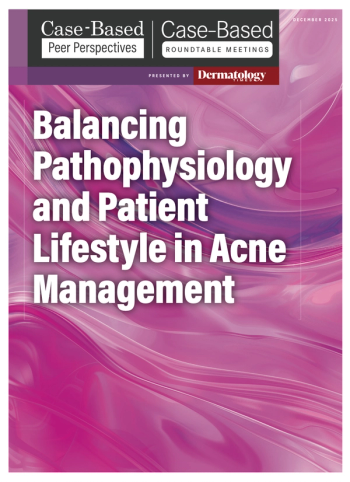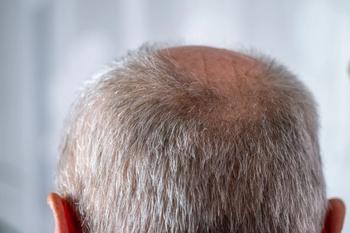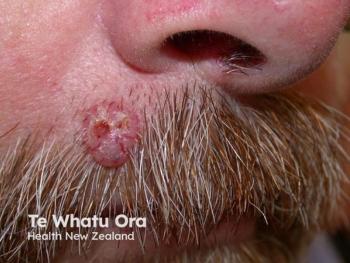
Top 5 Articles of the Week: April 20-25
Key Takeaways
- Dupilumab is now approved for chronic spontaneous urticaria in patients over 12, offering the first targeted therapy in over a decade.
- Keratin hair treatments, while effective for hair straightening, raise concerns due to formaldehyde exposure risks.
Explore the top headlines of the week including insights on the latest clinical trials, therapeutic updates, and more.
To stay up-to-date with the latest dermatology news, sign up to receive our
1. FDA Approves Dupilumab for Adolescents and Adults With H1 Antihistamine-Refractory Chronic Spontaneous Urticaria
This week, the US FDA approved dupilumab (Dupixent; Regeneron and Sanofi) for the treatment of chronic spontaneous urticaria (CSU) in patients aged 12 years and older who have not previously reached controlled disease status with H1 antihistamine treatment. The approval marks the introduction of the first targeted therapy for CSU in more than a decade.
"It’s been 10 years with no innovation for chronic urticaria… now to switch gears for a new approval that the dermatology specialists are familiar with… ultimately, the patients benefit," said Jason Hawkes, MD, MS, a board-certified dermatologist and co-owner, chief scientific officer, and investigator at the Oregon Medical Research Center in Portland, Oregon, in a
2. Keratin Hair Treatments and Formaldehyde Exposure
Keratin hair treatments, also known as Brazilian keratin treatments, are intended to straighten and smooth wavy hair, enhance color and shine, and decrease frizz in curly hair. This method of hair straightening can last between 6 weeks and 5 months, depending on the strength of the treatment. Keratin treatments have become controversial due to formaldehyde exposure as part of the process. This article examines keratin hair treatments to help dermatologists better understand the procedure and its inherent risks.
3. What Dermatologists Need to Know About the Future of Regenerative Aesthetics
4. Patients with DIMIDs and Pandemic Risks
The COVID-19 pandemic significantly affected patients with immune-mediated inflammatory diseases (DIMIDs), including atopic dermatitis (AD), psoriasis, and vitiligo. The fear of morbidity, mortality, and vaccine hesitancy contributed to disruptions in their daily lives. Patients with immunodeficiency diseases, older individuals, males, and those of non-White ethnicity were at an increased risk of severe COVID-19 outcomes. Interestingly, vaccination, a healthy diet, and atopic conditions were considered protective factors against COVID-19. A recent prospective observational, multicenter, multidisciplinary cohort substudy explored the impact of COVID-19 disease and vaccination on DIMIDs, specifically AD, psoriasis, and vitiligo.
5. Genetics Suggest New Vitiligo Treatment Path
A new study by Kang et al. has uncovered a surprising potential benefit of PCSK9 inhibitors—drugs typically prescribed to lower cholesterol. Through Mendelian randomization (MR), researchers found that people with genetic variants mimicking the effects of PCSK9-inhibiting drugs had a lower risk of developing vitiligo. This unexpected link offers fresh insight into vitiligo's underlying biology and opens new doors for treatment.
Newsletter
Like what you’re reading? Subscribe to Dermatology Times for weekly updates on therapies, innovations, and real-world practice tips.


















